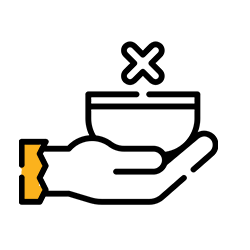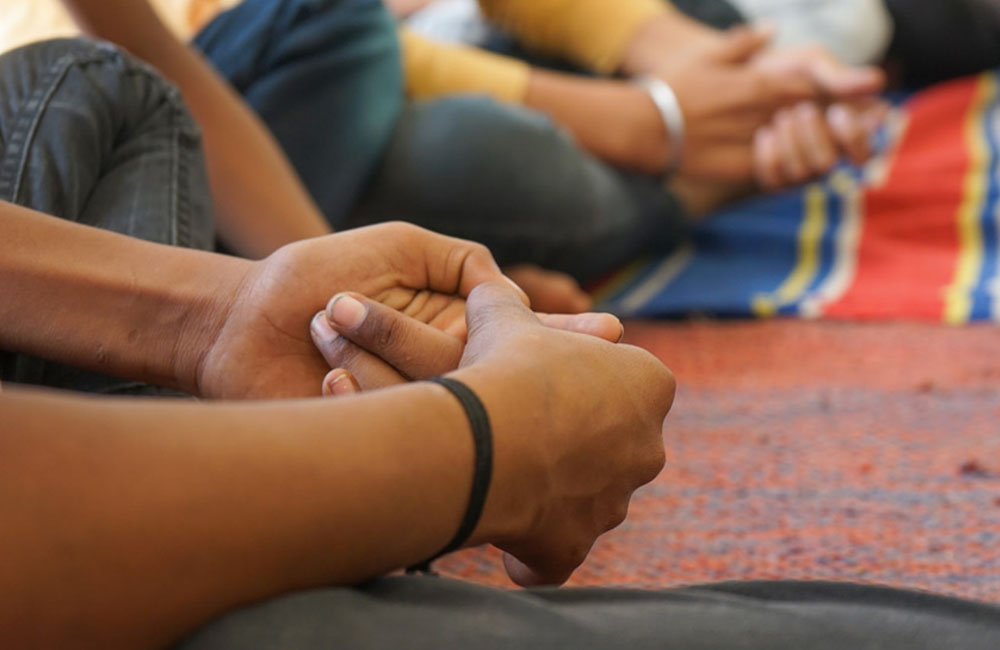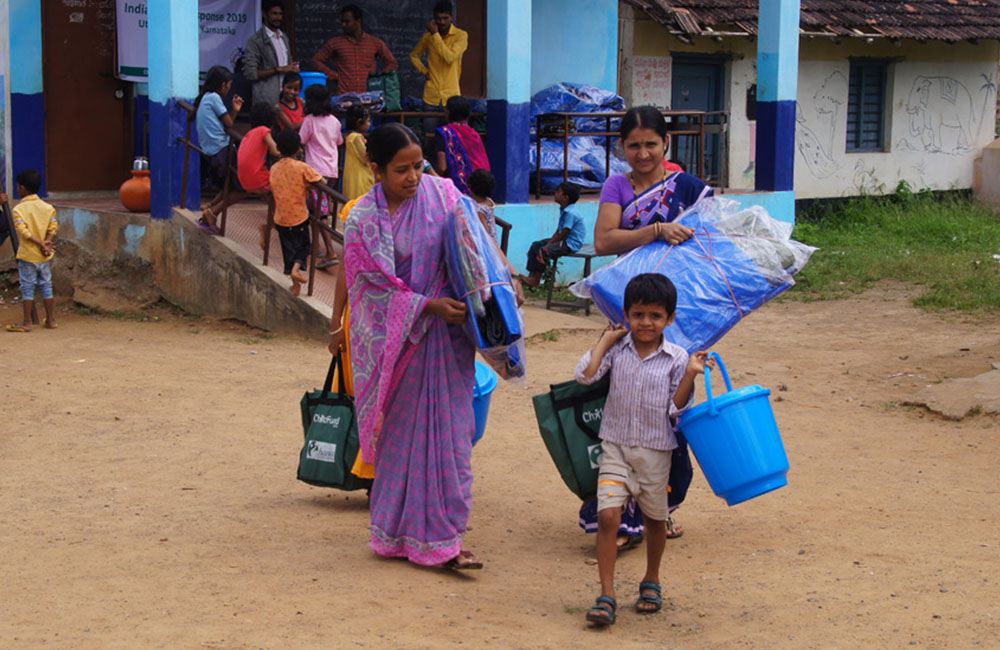

Our Cause


About 100 million children in India live in poverty-stricken conditions

India comes 133rd in children survive and thrive metrics

There are over 10 million child laborers in India

Health
- In India, 35 children per 1000 live births die before attaining 1 year of age
- About 35.5% of children below 5 years of age in India are stunted


Education
- There are 3.22 crore out of school children of 6–17 years of age in India
- Only 50% of grade 5 children in rural India could read a grade 2 level text fluently
- Only 65% of women in India are literate
Education has the power to bring positive change in society. Through quality education, India can eliminate most of its problems including poverty, inequality, crime, food insecurity, child marriage and so on. However, the country continues to grapple with both social and economic consequences of low literacy levels. Children living in rural areas and marginalized communities account for the highest number of dropouts and those who never attended schools. Thus, children deprived of quality education remain trapped in the cycle of poverty and deprivation.


Livelihood
- 97.7 million people live in extreme poverty in India
- 25 million youth are unemployed in India
- Only 21.2% of India’s labor force is skilled
India accounts for one-third of all poor people in the world as per The World Bank’s global poverty estimates. Most of these people live in rural areas or the countryside or slums in towns. The lack of employment is one of the major hurdles in India’s growth trajectory. Additionally, it has consequences for the whole family, wherein often children and women bear the brunt of poverty. Children living in poverty are prone to greater health problems and have negative impacts on their social, emotional and cognitive development. Additionally, India has the largest youth population in the world, and its unemployment rate is around 23%. Unequal access to livelihood opportunities remains a persistent problem while lack of education, job-oriented skills, vocational training and so on results in poor skill levels of young people in India.


Child Protection
- In India, 148,185 cases of crime against children were recorded in 2019
- India hosts over 23 million child brides
- There are 10.1 million child laborers in India
Every child deserves a happy childhood. No matter what their social or economic status is, a safe and nurturing environment is their right and basic requirement to thrive. However, violence against children is a persistent crisis in India, with millions of children facing abuse, exploitation and neglect every day. Children from marginalized and impoverished communities are more vulnerable to harm due to lack of education, poverty and support from adults. Exposure to unsafe environments not only affects the well-being of children but also impacts broader development objectives related to child malnutrition and mortality, education, economic growth and social development. Children who experience maltreatment often have development issues, gap in education and poor mental and physical health.


Disaster Risk Management
- Exposure to disasters increases the likelihood of stunting and underweight by 7% in children under 5
- Reduces the likelihood of having full age-appropriate immunization coverage by nearly 18%
- Increases the likelihood of acute illnesses in children under 5 years by 9–18%
- 2.4 million children were affected by floods in India in July 2020
In any disaster, conflict or displacement, the most vulnerable are the marginalized communities, with children receiving a disproportionate share of the burden. India is highly prone to disasters, which include floods, droughts, earthquakes, cyclones, landslides, etc. During such events or any human-made disasters, for example, fire and epidemic, children are exposed to a range of risks ranging from injury, disease, death, malnutrition, lack of immunization, poor hygiene and sanitation, disrupted education to mental disorder. Also, many times, disasters lead to displacement and separation from parents, which expose children to exploitation, violence, trafficking and maltreatment.

